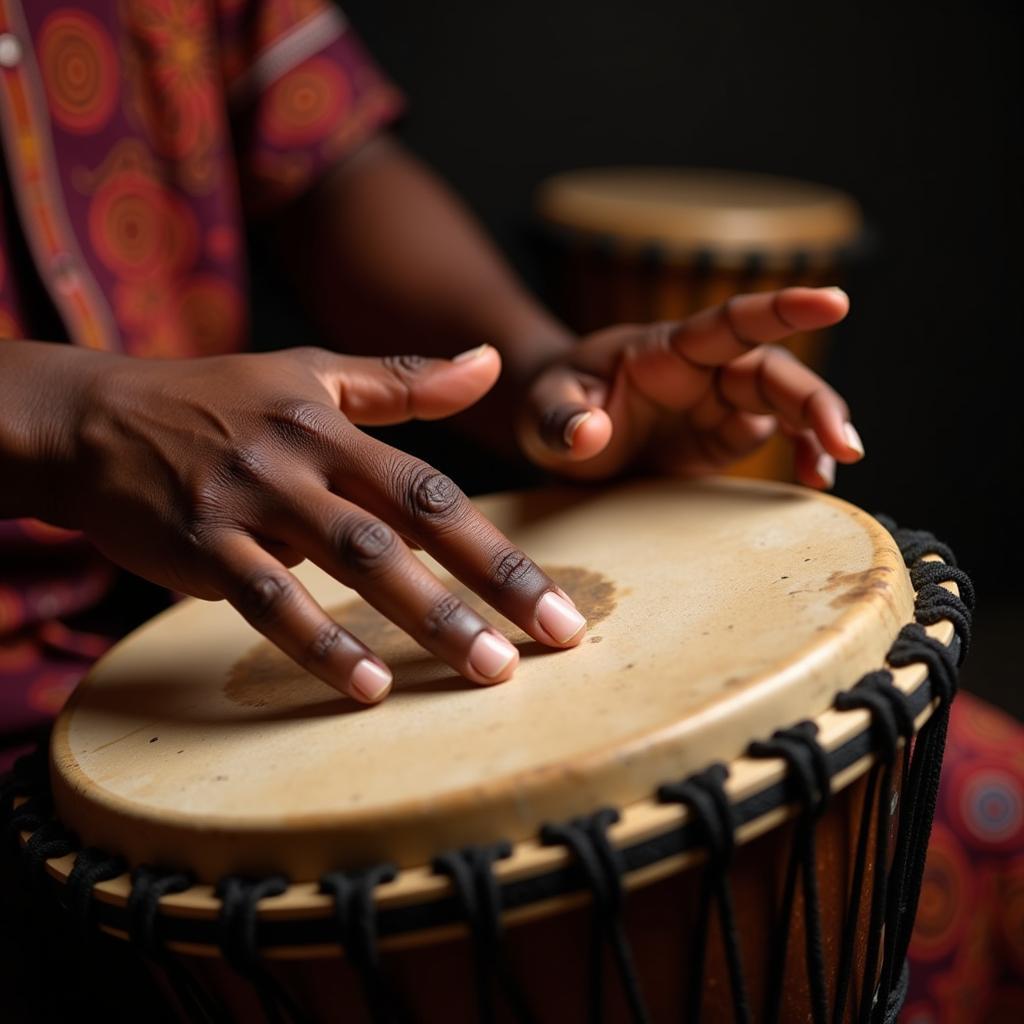African Endangered Species List: A Continent’s Treasures in Peril
Africa, a continent teeming with biodiversity, faces a growing crisis: the endangerment of numerous iconic species. The African Endangered Species List serves as a stark reminder of the urgent need for conservation efforts. From majestic mammals to delicate amphibians, the continent’s wildlife is under threat from habitat loss, poaching, and climate change. This article delves into the plight of these vulnerable creatures and explores the ongoing efforts to protect them.
Understanding the African Endangered Species List
The African endangered species list, compiled by the International Union for Conservation of Nature (IUCN), provides a comprehensive overview of the species facing extinction. This list categorizes species based on the level of threat they face, ranging from vulnerable to critically endangered. Understanding this list is crucial for prioritizing conservation efforts and raising awareness about the urgent need to protect Africa’s natural heritage. There’s a real need to educate people about the dangers facing these incredible animals. The list not only includes well-known animals like elephants and rhinos, but also lesser-known species that play vital roles in their ecosystems. It’s a call to action for us all.
Protecting these endangered species isn’t just about preserving biodiversity; it’s also about securing the future of local communities and their livelihoods. For example, ecotourism plays a significant role in many African economies, and the loss of these iconic animals would have devastating consequences. Many communities also rely on these animals for cultural and spiritual significance. What would Africa be without the roar of a lion or the sight of a soaring eagle?
The Threats to Africa’s Wildlife
The threats to Africa’s wildlife are multifaceted and complex. Habitat loss due to deforestation, agriculture, and urbanization is one of the most significant drivers of species decline. As human populations grow and development expands, natural habitats are fragmented and destroyed, leaving animals with less space to roam and find food. Poaching, driven by the illegal wildlife trade, poses another severe threat, particularly to species like elephants and rhinos whose horns are highly valued in some cultures. Check out how you can volunteer at an African elephant orphanage. Furthermore, climate change is exacerbating existing challenges, altering weather patterns, and increasing the frequency and intensity of droughts and floods, which can have devastating impacts on wildlife populations. Even the mighty African baobab tree is endangered.
The illegal trade of African animal horns for sale is a devastating reality. These practices not only decimate populations but also disrupt the delicate balance of African ecosystems.
Conservation Efforts: A Glimmer of Hope
Despite the daunting challenges, there is hope for Africa’s endangered species. Conservation organizations, governments, and local communities are working tirelessly to protect these vulnerable creatures. Anti-poaching patrols, habitat restoration projects, and community-based conservation initiatives are making a difference. For example, learn about the African ghost crab. These efforts, combined with increased public awareness and international collaborations, offer a glimmer of hope for the future of Africa’s wildlife. Education plays a critical role in raising awareness and inspiring the next generation of conservationists. By fostering a sense of responsibility and understanding, we can empower individuals to become advocates for wildlife protection.
Understanding the specific traits and behaviors of certain animals, like the fascinating African bullfrog facts, can also inform more targeted and effective conservation strategies.
Conclusion
The African endangered species list is a wake-up call, reminding us of the fragility of life on Earth. The challenges are significant, but through concerted conservation efforts, we can protect these precious creatures and ensure that future generations can experience the wonder of Africa’s unique biodiversity. Let’s work together to turn the tide and secure a future where both humans and wildlife can thrive. The African endangered species list is not just a list; it’s a story of resilience, a call to action, and a testament to the interconnectedness of life.
FAQs
- What is the IUCN Red List? The IUCN Red List is a global database that assesses the conservation status of species worldwide, including those in Africa.
- What are the main threats to African wildlife? Habitat loss, poaching, and climate change are the primary threats.
- How can I help protect endangered species? Support conservation organizations, reduce your carbon footprint, and spread awareness.
- What are some successful conservation stories in Africa? The recovery of the mountain gorilla population is a notable example.
- Are there any laws protecting endangered species in Africa? Yes, many African countries have legislation in place to protect their wildlife.
- How does climate change impact African wildlife? It alters weather patterns, increases droughts and floods, and affects habitats.
- What is the role of local communities in conservation? Local communities play a vital role in protecting wildlife through community-based conservation initiatives.
Need more information? Explore our articles about the African ghost crab and African bullfrog facts. If you are interested in African baobab tree endangered, or want to volunteer at an African elephant orphanage, or are curious about African animal horns for sale, we have resources for you.
When you need support, contact us at Phone: +255768904061, Email: kaka.mag@gmail.com Or visit us at: Mbarali DC Mawindi, Kangaga, Tanzania. We have a 24/7 customer support team.


